With Dr Nerida McGilchrist - B Rur. Sc (Hon1) PhD RAnNutr
One of the most difficult things to find in a drought or after heavy periods of extreme wet, is forage. The problem is, forage is the most important, and therefore the least negotiable item in a horse’s diet. Their gut needs forage. Without it, the risk of gastric ulcers, colic, sand or dirt accumulation and other hindgut disturbances like dysbiosis (imbalance of the hindgut bacteria) is high!
BUT when you can’t find your normal hay, what on earth do you do?
You resort to whatever you can find! Straw, lucerne hay, anything that is safe for horses and resembles long-stemmed fibre. Horses will do well on these low quality, alternative fibres, PROVIDED you feed them as part of a balanced diet.
If you feed low quality fibre, but don’t properly balance the diet, your horse will be alive, but he may not be very healthy. Getting the diet balance right is the key!
Protein is super important!
Generally, all of these low-quality fibres will be very low in protein. And when you feed diets very low in protein you can predispose your horse to a higher risk of gastric ulcers (plus they will probably lose muscle mass and will start to break down important organ proteins to meet their critical protein requirements). So key number one to feeding low quality forage is to feed high quality protein.
Luckily for us, soybean protein is the highest quality plant protein you can get AND it is in abundant supply. Adding soybean protein to a poor quality fibre like straw means you can ‘recreate’ a decent diet.
Watch your vitamins and minerals
Straw and low-quality fibres like it are inherently low in vitamins and minerals. So, use a high quality vitamin and mineral supplement to top up these nutrients in the diet. Digestive VM does a great job of this for you, and with its low dose rate, is also an economical option.
Feed Assist can help you to put these diets together and make sure you have your balance right!
Extra support for gut health and digestion
Once you have your diet balanced you might also consider Digestive EQ to support gut health and digestion. Gastric ulcers are always a risk with feeding when forage is limited, and getting every last ounce of nutrition out of everything you feed should be a priority. Digestive EQ might help to support normal gastric health and ideally improve the efficiency of digestion, achieving both aims of maintaining gut health and extracting all the nutrients your horse can out of what you are feeding.
Example Diet
This diet is an example of the type of diet that could be fed to a 500 kg horse that is not in work, in a severe drought situation:
Free Choice Straw*^#
500 g/day Soybean Meal
400 g/day Rice Bran
75 g/day Poseidon Digestive VM
130 g/day Poseidon Digestive EQ
Free Choice Salt
* The straw can be any type of cereal crop straw, though rice straw should be used with caution due to its higher silica content. Canola hay can be used, though ALWAYS run a nitrate analysis on canola first as it is prone to accumulating nitrate.
^ If your horse is laminitic you should still be cautious with your choice of forage and choose forages with a low starch and sugar content. Straw is generally a safe choice for laminitics, provided it is true straw and not failed crop hay (see below)
# The more variety of forage you can add to a horse’s diet the better. If you use a base of straw, you should try to add one or two other sources of fibre to the diet. For example, you may feed a small amount of Lucerne hay plus some sugarbeet pulp each day. Other options include lupins, lupin hulls, soybean hulls, copra meal and chaffs.
Failed Crop Hay
You may be able to find failed cereal crop hay (straw is what is left after the grain has been harvested. Failed crop hay is made from cereal crops that are cut before they are harvested for grain). If you are going to use failed crop hay, some things to consider are:
- Failed crop can often be high in nitrates. Nitrates can cause laminitis, abortion and angular limb deformity. Always test failed crop for nitrate levels before feeding. Reject anything with more than 1000 ppm (or 1000 mg/kg) of nitrate.
-
Failed crop often has grain in partially developed seed heads. Wheat and barley grain is not well digested in the horse’s small intestine. If you use failed wheat or barley crop hay with a large number of seed heads, your horse may be at risk of hindgut acidosis and all of its related issues (including reduced digestion of fibre, damage to the hindgut wall, leaky gut, laminitis and loss of appetite).
Check failed crop hay for seed heads. Avoid wheat or barley crop with a large number of seed heads. Oaten hay with seed heads is safe! - Watch for long awns. Some barley and wheat varieties have long, sharp awns on their seed heads. It is best to avoid hay with these awns as they can get stuck in your horse’s gums and may also do damage further down in the esophagus or gut.
- Make sure the hay is clean and not mouldy. Cereal straw or failed crop hay is often left in the paddock in large piles. Check to make sure there hasn’t been rain that has then allowed for mould growth.
- Failed crop hay can be high in starch and sugars and may not be safe for laminitic horses.














